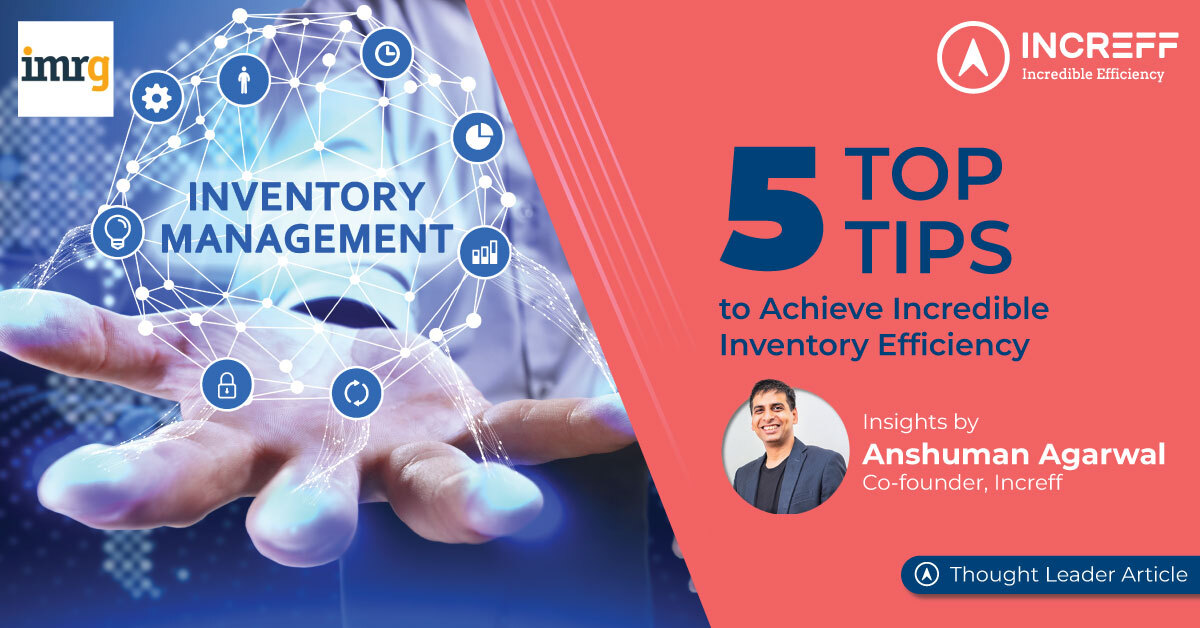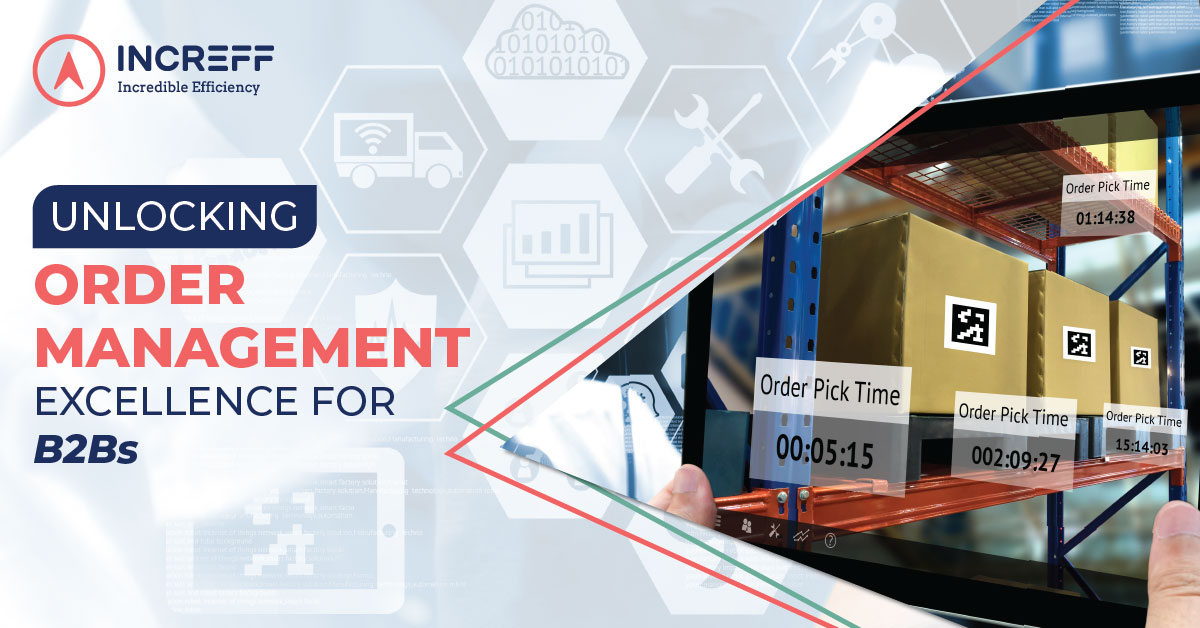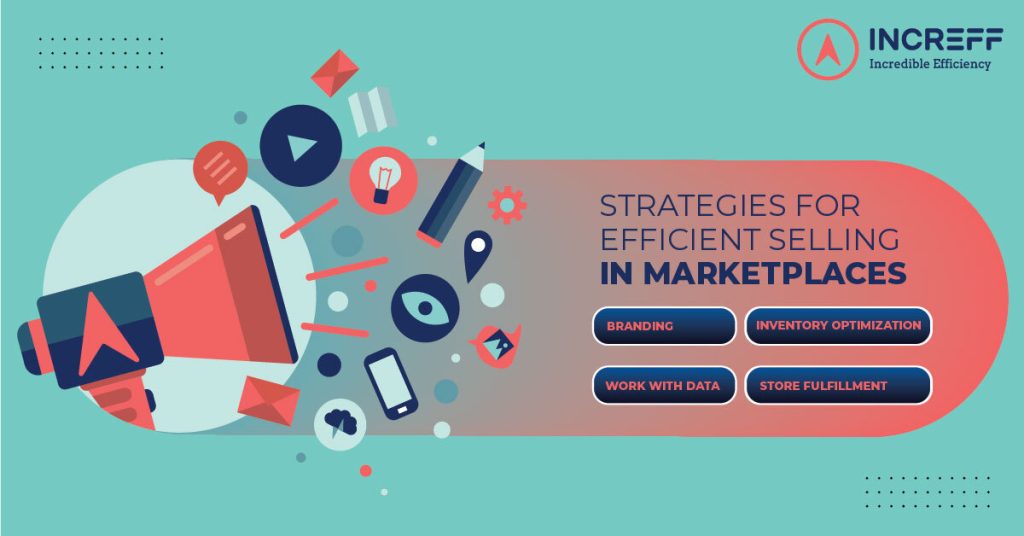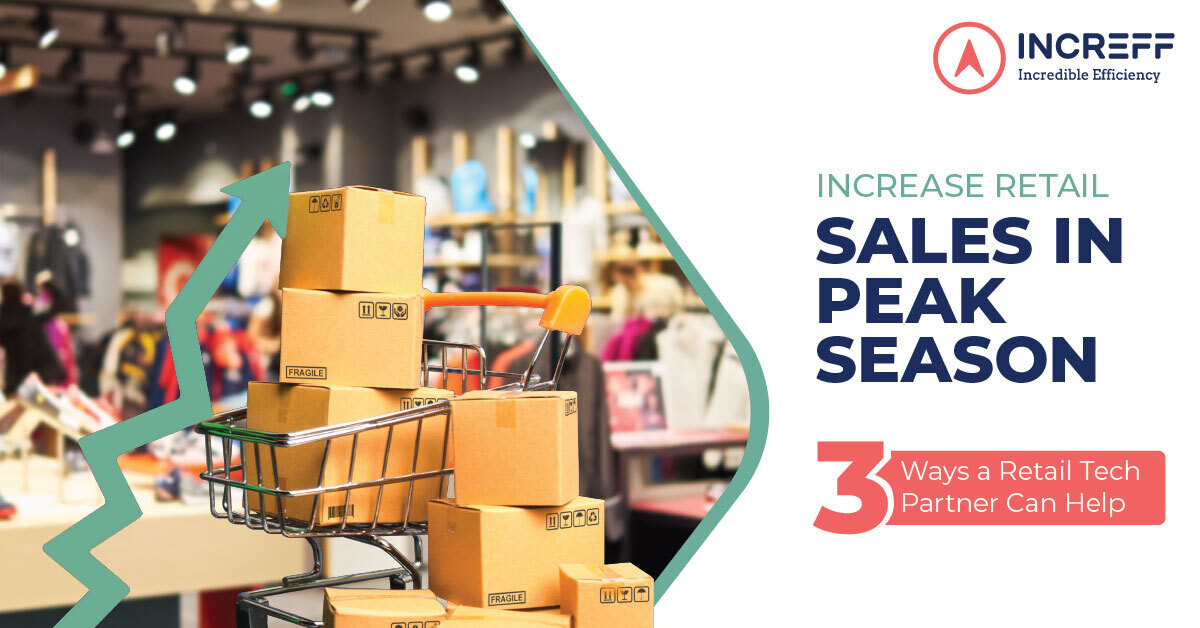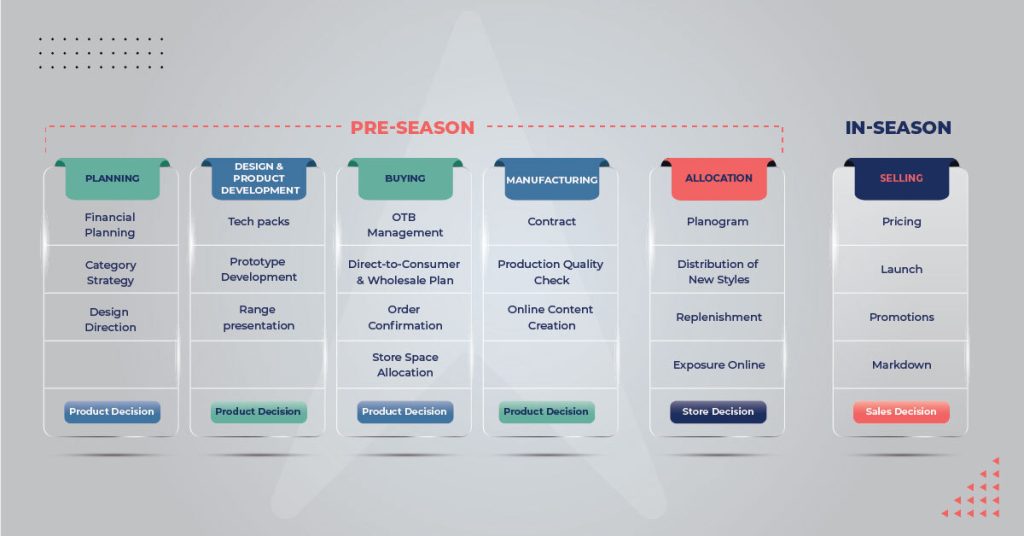In the ever-evolving landscape of online commerce, businesses face razor-thin profit margins, fierce competition, and the critical significance of each dollar. Navigating this challenging symphony requires adept conductors with its surging demands, intricate supply chains, and market volatility.
However, amid these complexities, poor inventory management is a common obstacle that threatens businesses. The consequences of inefficient inventory practices extend far beyond inconvenience; they can result in substantial financial losses that significantly impact the bottom line. To thrive in this competitive environment, mastering inventory management is indispensable.
In a recent captivating interview with IMRG, our Co-founder, Anshuman Agarwal, unveiled his wealth of knowledge and expertise on the “5 Top Tips To Make Inventory More Efficient.” During this exclusive conversation, Anshuman delved into the critical strategies and industry best practices that can empower retail businesses to optimize their inventory management, streamline operations, and achieve unparalleled efficiency.
Whether you are a seasoned retail giant or an ambitious e-commerce startup, these invaluable tips are poised to revolutionize your inventory management game, providing you with a formidable competitive edge in the bustling marketplace.
Five top tips to make inventory more efficient
Tip 1: Unleashing the Power of Granular Planning
Did you know? By addressing the issues of overstocking and understocking, businesses can achieve a significant 10% reduction in inventory costs.
In the fast-paced world of fashion, precision is paramount. Anshuman advises that retailers delve into granular planning rather than relying on generalized strategies. Instead of clustering stores, analyzing the unique demand patterns of individual outlets is essential. By closely monitoring daily inventory and sales, businesses can accurately gauge their true potential while identifying areas that may be causing sales losses.
Furthermore, a deeper examination of specific product attributes, such as sleeve type, fit, and others, can reveal crucial insights into what precisely drives demand. Armed with these granular insights, retailers can make more informed decisions, avoiding the pitfalls of overstocking, restocking, and potential sales loss.
Tip 2: The Art of Automated Buying
In the dynamic world of fashion retail, lead times can stretch as far as six to nine months, accompanied by varying minimum order quantities (MOQs) from diverse vendors and categories. Navigating these intricacies requires a finely-tuned, automated buying process. According to research released by Logistics Trends & Insights, Atlanta, and American Global Logistics (AGL), a majority of retailers, comprising 72%, intend to transform their supply chain operations by incorporating real-time visibility through automation and analytics.
By leveraging historical data and precise sales projections, automated buying empowers retailers to make well-calculated decisions regarding inventory levels when new stock arrives. This streamlined approach minimizes uncertainties and optimizes inventory with remarkable precision, ensuring success in the fast-paced market.
Freeing retailers from manual tasks allows them to focus on strategic planning and creative endeavors. The symbiotic partnership between human creativity and data intelligence marks a new era of retail excellence, empowering fashion retailers to thrive in a competitive landscape.
Tip 3: Embracing the Efficiency of Automated Replenishment
Many brands fall into the trap of relying on manual and sporadic store replenishment procedures. Recognizing this critical issue, Anshuman passionately advocates for the implementation of automation as the ultimate solution. By harnessing the power of automated replenishment systems that continuously analyze sales trends in real time, retailers gain the upper hand in decision-making for each store’s inventory needs.
The automated system’s prowess doesn’t stop there. It cleverly identifies the nearest alternative style to replace any stocked-out item, ensuring a seamless replenishment process and averting potential sales losses. With this cutting-edge approach, businesses can bid farewell to the haunting spectre of stockouts.
Embracing more frequent and accurate replenishments is the key to unlocking success. By doing so, retailers stay ahead of the curve effortlessly, accurately predicting trends and efficiently meeting customer demands. In Anshuman’s vision, automation is the catalyst for empowering retailers to make informed and timely choices, ultimately propelling their brands to new heights.
Tip 4: Catalyzing Omnichannel Retailing
The omnichannel retailing experience has evolved into a cornerstone of modern retail success. Businesses can maximize customer satisfaction and drive conversions by seamlessly integrating physical stores, websites, and social commerce platforms. The key lies in maintaining a single view of inventory across all channels. Real-time inventory synchronization is crucial, enabling customers to access available products regardless of their chosen shopping platform.
This fosters a seamless shopping experience, making purchases, returns, and stock access effortless for customers. Embracing a robust omnichannel retailing solution elevates efficiency and enhances the overall customer experience, leading to tremendous success in the competitive retail landscape. The future of retail lies in the hands of those who can adapt to these changing dynamics and cater to their customers’ needs, ensuring continued growth and prosperity for their businesses.
Tip 5: Opting for Inter-Store and Dark Store Fulfillment Wisely
With a vision to amplify efficiency, Anshuman recommends retailers should delve into the innovative realm of dark stores. The traditional model of servicing online orders from physical stores often incurs heavy operational expenses, hence the emergence of dark stores as an enticing prospect. These establishments, acting akin to compact warehouses, promise an upgraded and cost-effective system for online order fulfillment.
Dark stores, strategically designed, enable a remarkable reduction in logistics expenses and a noticeable boost to profit margins. Their true essence lies in their ability to swiftly and consistently restock online orders. This not only leads to an enhancement in customer experience – with orders reaching the doorstep faster and more reliably – but also ensures more effective and efficient utilization of inventory.
Anshuman’s push for the exploration of dark stores is a testament to the fact that innovation in retail is ceaseless and that embracing it can truly revolutionize how businesses operate while simultaneously optimizing profits and customer satisfaction.
Final thoughts
Mastering inventory efficiency is a crucial component of a successful retail business. With Anshuman Agarwal’s expert advice and the five transformative tips – granular planning, automated buying, automated replenishment, omnichannel retailing, and discerning inter-store and dark store fulfillment – retailers can unlock unparalleled efficiency gains, simplify operational complexities, and deliver unmatched customer satisfaction. Embrace these strategies, and watch your inventory management soar to new heights of effectiveness and profitability.
Let’s build a future where efficient inventory management sets the stage for retail triumph.
Catch the complete conversation with IMRG here:
